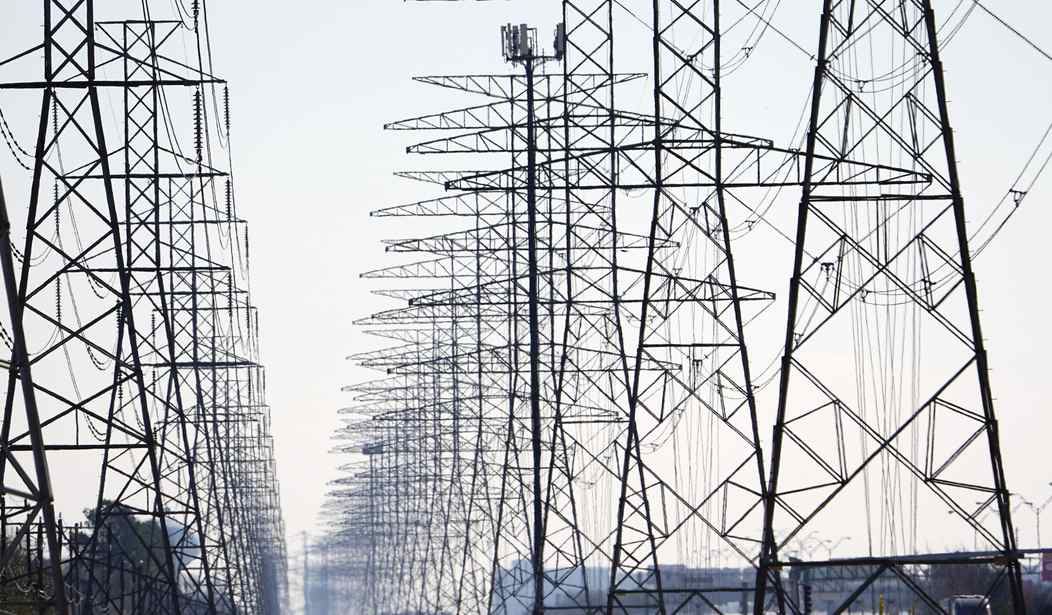For regular readers of this site, today’s news will likely not come as a surprise, but much of the nation seems to remain unaware of it. The North American Electric Reliability Corporation (NERC) has released its latest reliability assessment for the summer of 2022 and, to put it mildly, the news is not good. In far too many states, the power grid is already nearly at full capacity, and in the next few months, that capacity will be exceeded. This isn’t a question of “if” or really even “when.” It’s just a fact. Industry experts know this and have been trying to sound the alarm for several years. Critics are trying to place the blame on climate change (as they do with everything else) in the form of extended droughts and heatwaves. Those factors definitely exacerbate the problem, but this was going to happen in the next year or so anyway. And thus far, the government has done virtually nothing about it. In a moment we’ll look at what could be done if there is sufficient will to take action. (ksl.com)
Extreme temperatures and ongoing drought could cause the power grid to buckle across vast areas of the country this summer, potentially leading to electricity shortages and blackouts, a U.S. power grid regulator said Wednesday.
NERC, a regulating authority that oversees the health of the nation’s electrical infrastructure, says in its 2022 Summer Reliability Assessment that extreme temperatures and ongoing drought could cause the power grid to buckle. High temperatures, the agency warns, will cause the demand for electricity to rise. Meanwhile, drought conditions will lower the amount of power available to meet that demand.
“Industry prepares its equipment and operators for challenging summer conditions. Persistent, extreme drought and its accompanying weather patterns, however, are out of the ordinary and tend to create extra stresses on electricity supply and demand,” said Mark Olson, NERC’s manager of Reliability Assessments.
The federal government can not afford to simply ignore this problem and hope it goes away or miss the warning signs as they did with the current baby formula shortage and so many other things where the Biden administration claimed they aren’t “mind readers.” There will be no planes flying in extra electricity from Europe. There is no emergency federal reserve of electricity that the President release with an executive order. When demand for electricity exceeds supply, the utility companies will either have to begin a series of rolling blackouts in all of the affected states or the grid will suffer crippling damage and be down for months.
Do the people in charge actually understand how reliant modern America is on this power? When the power grid in Texas failed in February of 2021, more than 200 people died, nearly all of them from hypothermia. Stop and think about that for a moment. Well into the 21st century, hundreds of suburban residents in one of the nation’s wealthiest states literally froze to death. That is how much we rely on a continual supply of electricity that most people simply take for granted.
As we discussed last week, this won’t just impact California and Texas. A minimum of 14 states will be hit by this in a rolling sequence. As water levels fall, you eventually reach the point where your ability to produce hydroelectric electricity from dams diminishes. Meanwhile, there are 40 coal-fired power plants scheduled to be taken offline in the name of fighting climate change. No replacement sources for all of that juice have been proposed, to say nothing of having them come online.
Action could be taken, but it needs to start yesterday. It’s too late to restart work on the Keystone XL pipeline and have it up and running by this summer, but we need to do that anyway because this problem will appear every summer and winter going forward. Meanwhile, the closure of the coal plants needs to be stopped at once. If you don’t want to burn coal, fine. Convert them to natural gas as has been done to more than 100 coal-fired plants in just the past ten years. We need to streamline the regulatory hurdles in the nuclear power approval process to bring more of the next-generation small module reactors (SMRs) online quickly wherever it is practical to do so. And yes, if there is room for any more wind turbines and solar farms, get to work putting them up also. We’ll take juice wherever we can get it at this point.
In parallel with those moves, we need to free up some of that massive amount of money in the infrastructure bill that was supposed to go toward the power grid. The grid needs to be modernized and “smartened up” to make it more adaptable and able to minimize the range of outages. Also, the grid remains susceptible to hacking attacks. The technology exists to do all of these things and get much of it done quickly. We may have one more rough summer and winter, but we could be mostly back on solid footing in terms of our energy grid by next year if we really put our backs into the effort.
The alternative is to wait and watch the federal government sit on its hands yet again until the grid starts to come down. One of the older sayings in modern politics is that the first responsibility of the government is to “keep the lights on and the trains running.” If they fail at that job, they have failed the nation entirely. And they’ll probably wind up with a revolt on their hands.







Join the conversation as a VIP Member